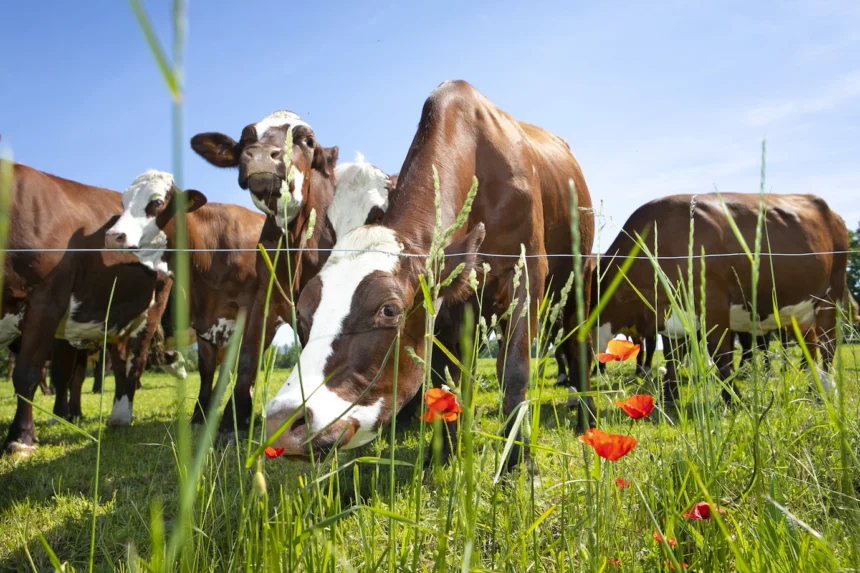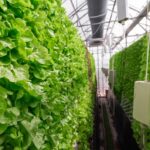Precision Livestock Management (PLM) refers to the application of technology and data-driven approaches in livestock farming to improve efficiency, productivity, and animal welfare. By leveraging advanced technologies such as sensors, data analytics, artificial intelligence, and automation, PLM enables farmers to monitor, manage, and optimize various aspects of livestock production.
Here are some key areas where technology is harnessed in precision livestock management:
- Animal Monitoring: PLM involves using sensors and wearable devices to monitor individual animals or groups of livestock. These devices can track parameters like body temperature, heart rate, activity level, and feeding behavior. The collected data provides insights into the health, well-being, and performance of the animals, allowing farmers to detect early signs of illness, optimize feeding regimes, and identify potential issues promptly.
- Environmental Monitoring: PLM systems include environmental sensors to monitor factors such as temperature, humidity, ventilation, and air quality within livestock facilities. By ensuring optimal environmental conditions, farmers can enhance animal comfort and reduce the risk of disease outbreaks. Real-time monitoring also enables immediate response to any deviations from the desired conditions.
- Feed Management: Technology is utilized to optimize feed usage and minimize waste. Automated feeding systems can dispense precise amounts of feed based on individual animal needs, ensuring a balanced diet. Additionally, data analytics can analyze feed consumption patterns and make recommendations for adjusting rations, thereby improving feed efficiency.
- Reproductive Management: PLM enables farmers to track and manage the reproductive cycles of their livestock. Technologies such as ultrasound, activity monitoring, and hormone level analysis can provide insights into the estrus cycles, pregnancy status, and fertility of individual animals. This information helps optimize breeding programs, improve conception rates, and manage calving or farrowing more effectively.
- Health and Disease Management: Early detection of health issues is crucial in preventing disease outbreaks and reducing the need for antibiotics. PLM systems can detect abnormal behaviors or physiological changes in animals, alerting farmers to potential health problems. Data analytics and machine learning algorithms can analyze large volumes of data to identify patterns indicative of diseases, enabling prompt intervention and targeted treatments.
- Livestock Traceability: Technology plays a significant role in ensuring traceability throughout the livestock production chain. By using methods such as electronic identification (RFID or microchips), farmers can track individual animals from birth to slaughter. This facilitates improved record-keeping, disease surveillance, and compliance with quality standards and regulations.
- Data Analytics and Decision Support: PLM generates vast amounts of data that can be analyzed to gain valuable insights. Data analytics techniques, including machine learning, can identify patterns, predict outcomes, and provide decision support for farmers. These insights help optimize production processes, resource allocation, and overall farm management.
By harnessing technology through precision livestock management, farmers can make informed decisions, improve operational efficiency, and enhance animal welfare. It also contributes to sustainable farming practices by minimizing resource waste, reducing environmental impact, and ensuring responsible animal care.
Join 'Farmers Mag' WhatsApp Channel
Get the latest Farming news and tips delivered straight to your WhatsApp
CLICK HERE TO JOIN






